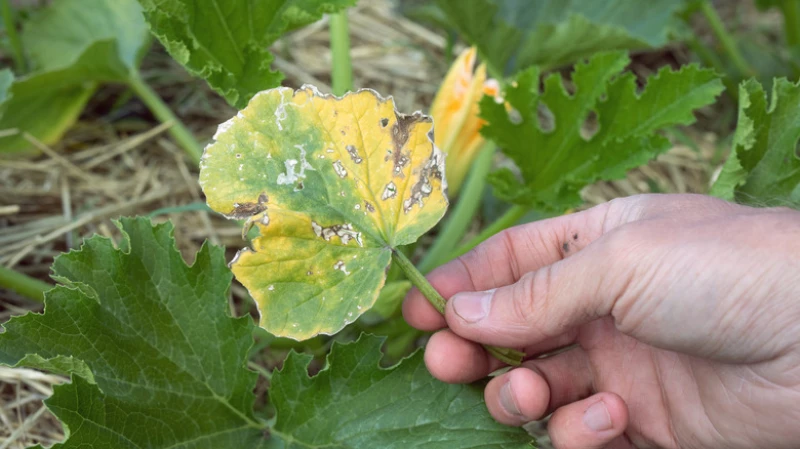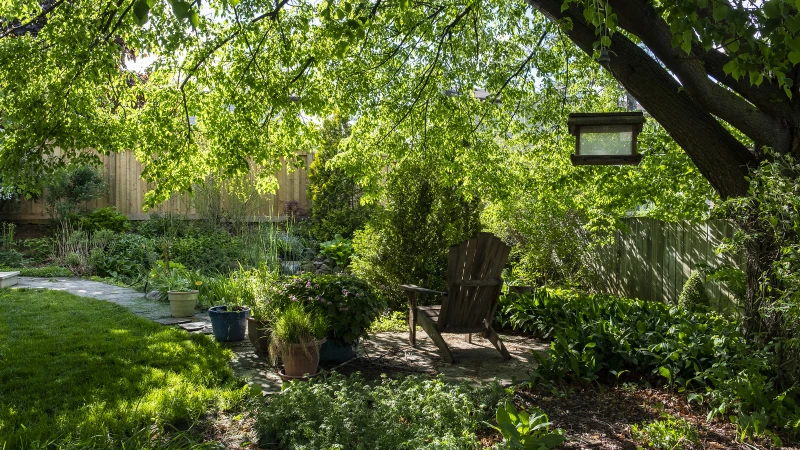Dealing with Alternaria Leaf Spot on Zucchini Plants
Growing zucchini plants is incredibly rewarding... unless the leaves start turning brown. It may seem to pop up out of nowhere and will spread rapidly until your plants look scraggly and dead. If the brown coloration comes in the form of bull's eye spots, it's probably Alternaria leaf spot, sometimes referred to as early blight. It's a fungal disease caused by the fungus Alternaria cucumerina and shouldn't be confused with the tomato early blight caused by Alternaria tomatophila or A. solani. Alternaria leaf spot is a common problem among cucurbit plants, including zucchini, watermelons, cucumbers, squash, and pumpkins.
You can't cure fungal diseases in the garden, but you can control them through prevention and destruction. Preventing it from ever showing up is the goal, but if you do find it on your zucchini plants, removing it completely is the next best thing. Keeping your zukes, cukes, and other cucurbits free of this troublesome disease will take some patience and planning ahead, but it's well worth the effort so you can be up to your nose in fresh zucchini.
If you want to spot Alternaria leaf spot, keep an eye out for brown spots that may be accompanied by yellow leaves on zucchini plants, small brown dots, or knothole-like markings. The most common appearance is the knotholes or bull's eyes. These brown spots can also manifest on the fruit as lesions on the skin that turn fuzzy over time. Fruit may suffer from sunscald if the disease causes leaf drop, which is a common occurrence.
To control Alternaria leaf spot, focus on prevention. This disease thrives in moist environments, so mulching can help regulate moisture levels and prevent water splashing. Overwatering zucchini plants can exacerbate the spread of Alternaria leaf spot, so consider using drip irrigation to keep the leaves dry. By keeping the water in the soil and avoiding overhead watering, you can reduce the risk of infection from open wounds or leaf tops.
To avoid the spread of Alternaria cucumerina in your garden, it is recommended to practice crop rotation with your cucurbit plants. By allowing a planting site to go three years without cucurbits, you can help eliminate the disease from the soil. If you do come across infected plants, make sure to dispose of them properly. Bundle them up in a plastic bag and throw them away in the trash outside of your garden. Avoid adding infected plants to your compost to prevent spreading the disease further. In case preventive measures fail, fungicides can be used to control the disease. Be sure to carefully follow the instructions on the product label when applying fungicides to your zucchini and other cucurbits.








